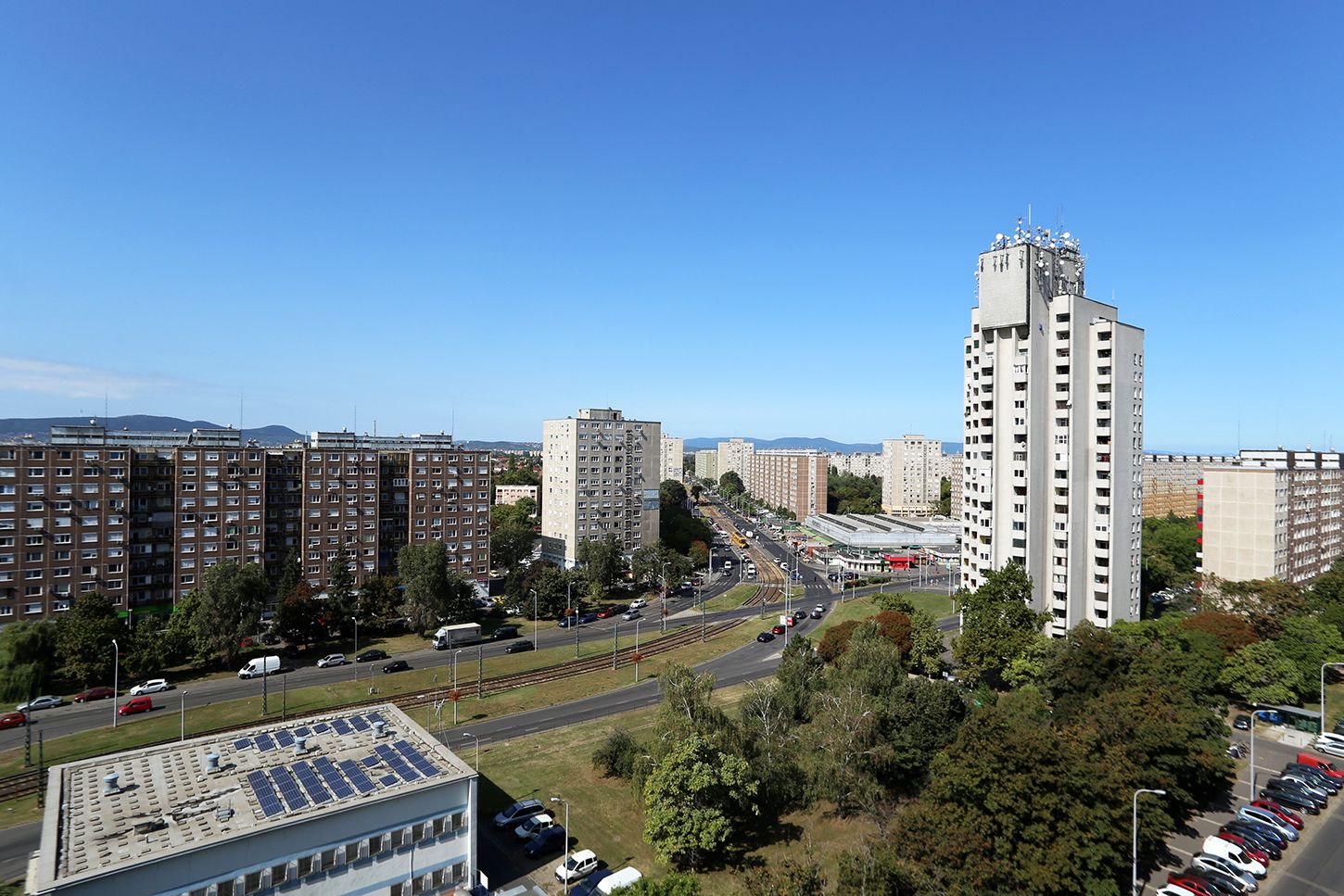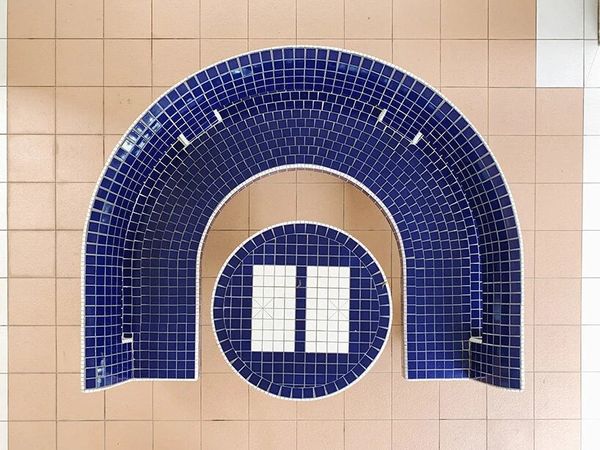Tasting local craft beer in one of the most authentic retro markets in the suburbs of Budapest or discovering one of the city’s best Neapolitan pizzerias on a suburban street unusual for tourists, while immersing yourself in the background history of Budapest’s most exciting socialist housing estates. A much-needed initiative for those who want to explore different layers of Budapest in an unconventional way: introducing the Panel Walks Budapest.
We can thank Bence Kapcsos for the idea behind the project, who himself grew up in a panel building or, as he puts it, socialized in a housing estate environment—more precisely in the 11th district of Budapest, in Kelenföld. Thus, he was able to personally experience the principles of modernist city planners—which is especially true for the Kelenföld housing estate—that certain functions such as the center of the district, the park, various shops, the cinema or the kindergarten should be located within walking distance.
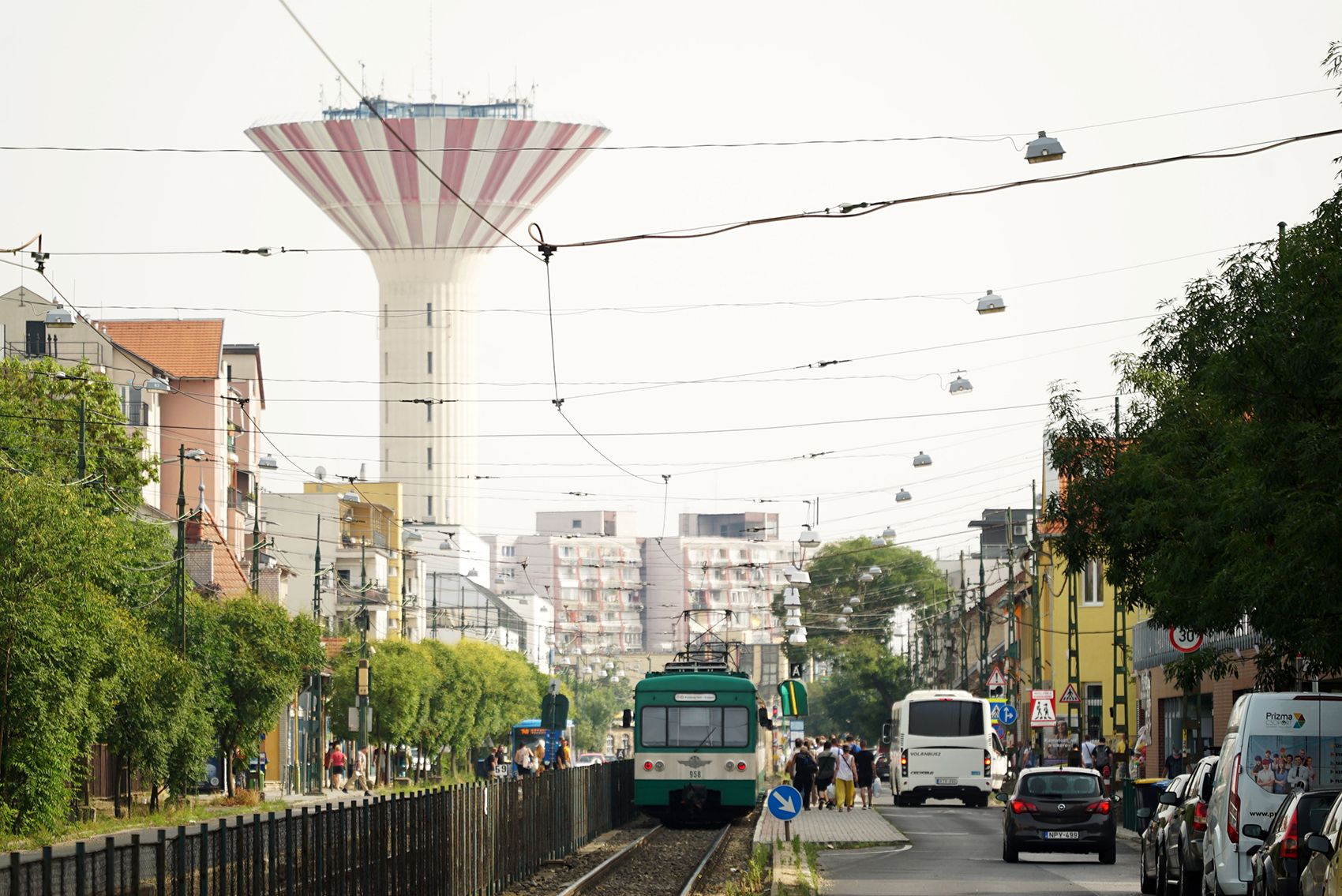
“We liked living here for practical reasons. In addition to defining everyday life, this whole environment also had a kind of identity-shaping role. But as in other young intellectual families with similar backgrounds, my family also expressed the need to move on from here. In the second half of the 1990s, the reputation of housing estates was very bad: reconstruction programs did not start, and the maintenance of public spaces between houses came to nothing as well. During this period, everyone expected to move to a newly built or detached house. Despite the fact that I was visually and aesthetically concerned about the organization of the housing estates and the monumentality of the housing blocks, the fact that we live in a housing estate also had a negative meaning for me. After we moved, I felt that this was a step forward in terms of social status—this is my subjective story,” he said.
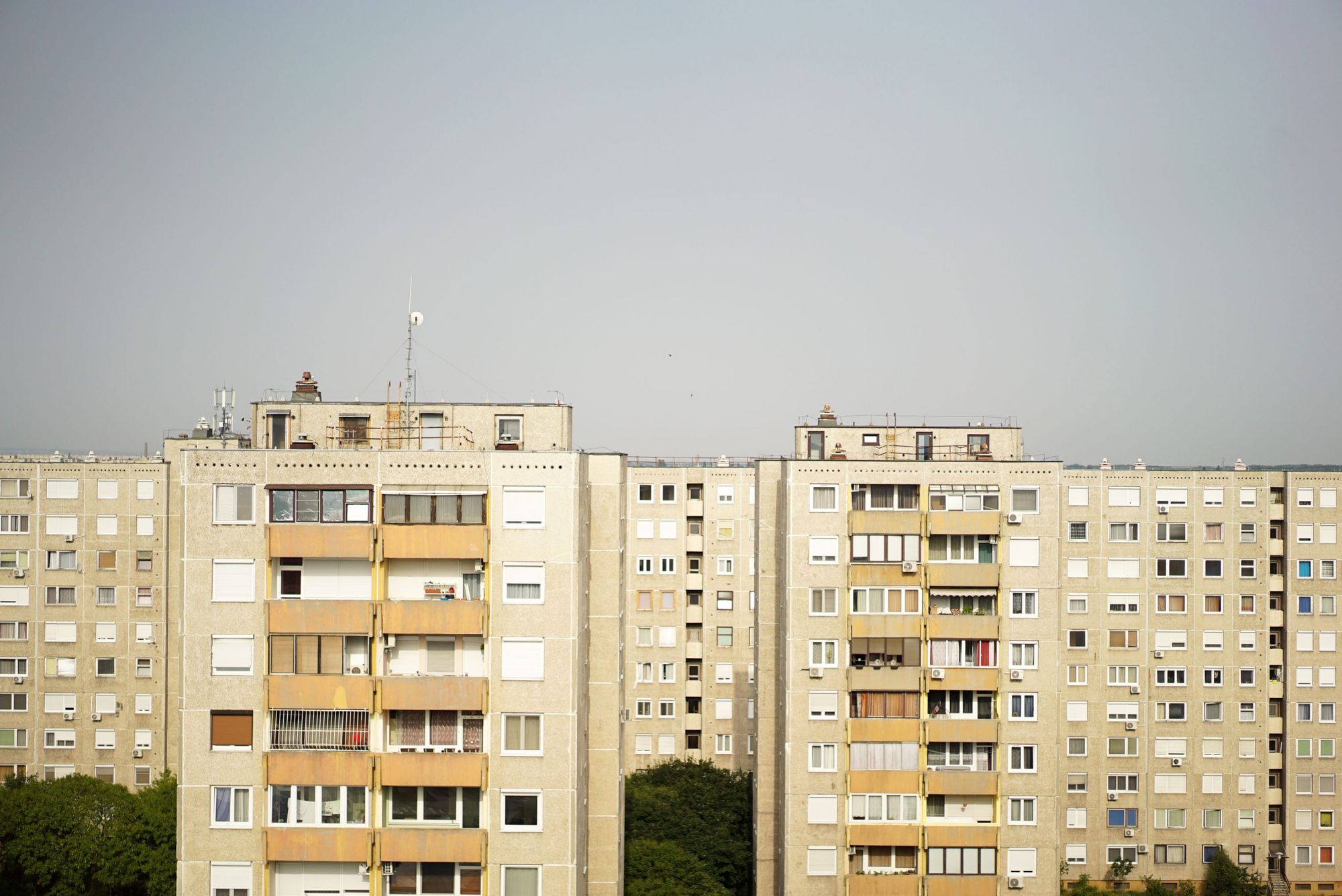
His enthusiasm for modernist urban planning and architecture has deepened over the years. However, as Bence pointed out to us, many people approach the subject in an idealized way: they present socialist housing estates from a kind of over-aestheticized perspective. “I often feel that the romanticizing photography on the subject is misleading and provides an idealized picture of the period before the regime change. I am concerned about the extent to which this issue can be presented in a similar and positive light, because in reality it was a more complex system,” he said. With such underlying thoughts, he started his own thematic Instagram page, which can be considered a kind of forerunner to Panel Walks Budapest. By creating the platform, Bence’s goal is to capture the panel buildings themselves in their real and—which is also of paramount importance—in their current state, contrary to the above direction.
“Within the framework of the reconstructions, the original image of the housing estates has recently begun to change rapidly and radically: the blocks receive new insulation and painting, and many valuable and modern houses are demolished, thereby destroying the original character and unity of these areas. Some of these renovations are better, some are worse, but what was will cease to exist, and I think we do not care enough about that,” he stressed.
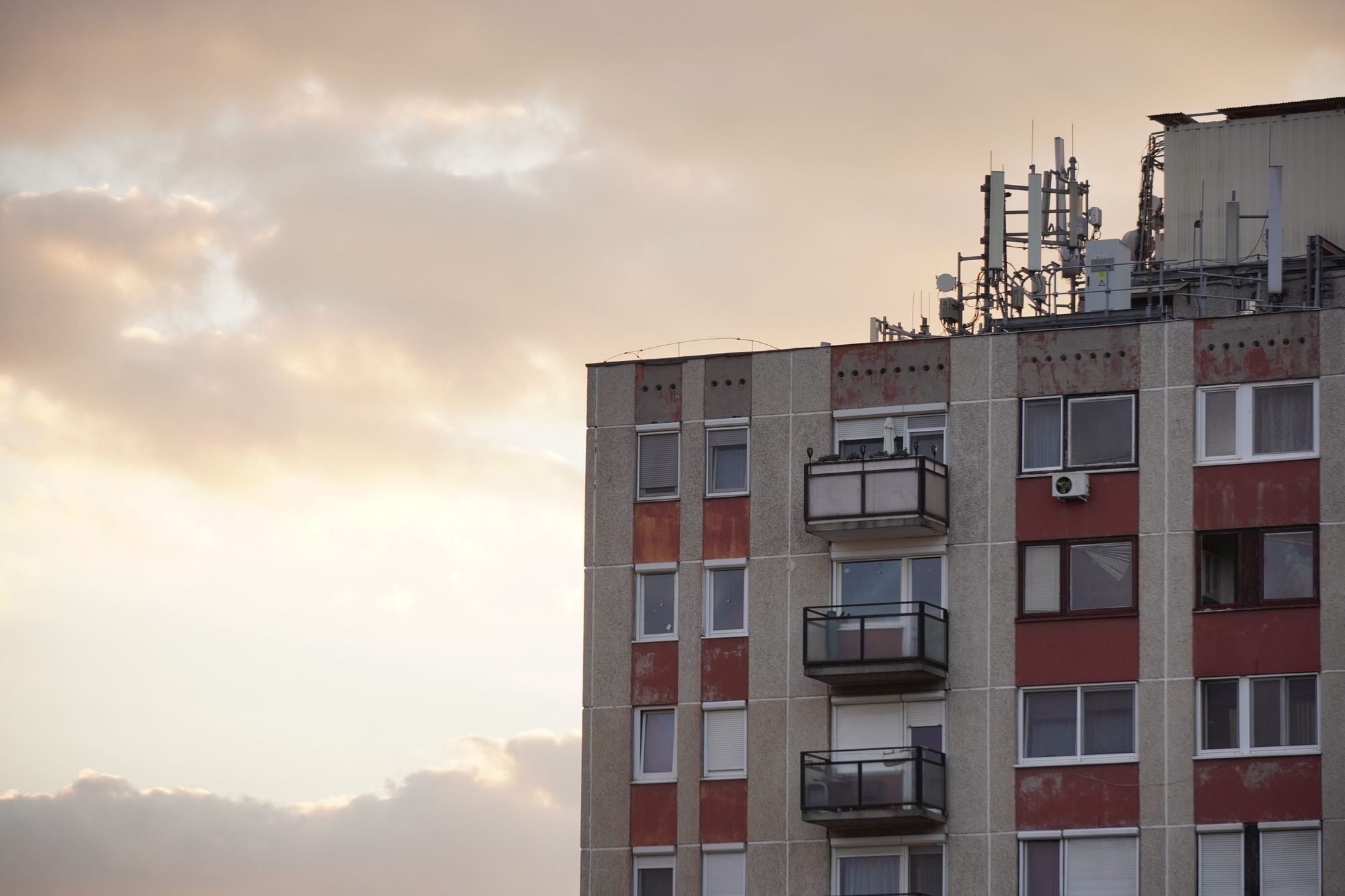
In order to convey the history of these neighborhoods in the most authentic way possible, the concept of Panel Walks Budapest began to emerge in him. According to his interests, wherever he travels, whether in Eastern Europe, England or Marseille, Bence likes to visit the housing estates with different multi-story residential blocks: these exploratory trips were also the starting point of the background idea of Panel Walks Budapest. “I’m always looking for local forms of housing estate architecture. Since it is not always possible to find adequate and sufficient information about these neighborhoods, I thought it would be useful for foreigners with similar interests to have such an interface, which helps them get to know the context and main attractions of the given housing estate,” he said.
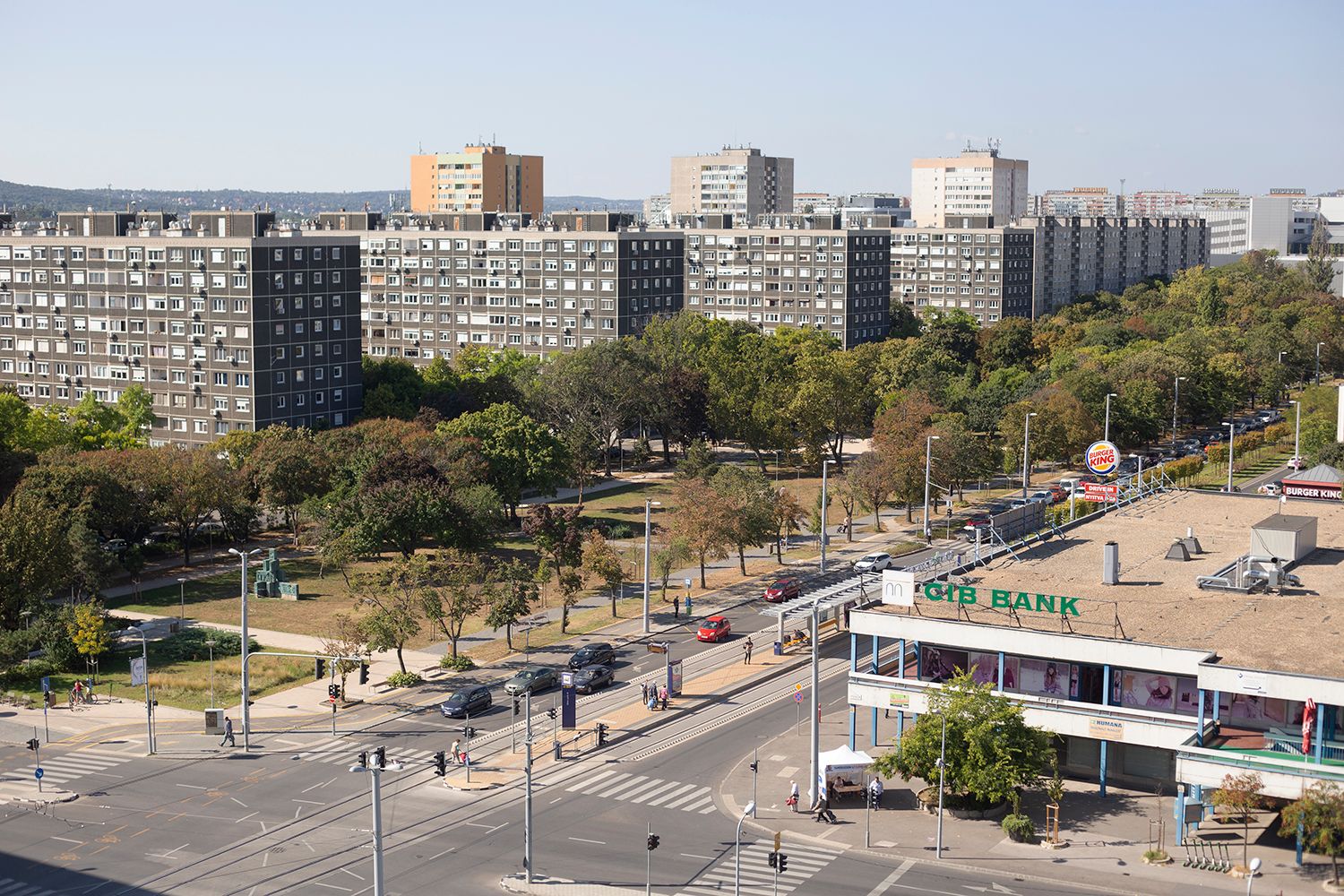
In this way, we can walk through the three most architecturally exciting housing estates of Budapest based on the subjective recommendations of Bence. With the Budapest Panel Walks platform, you can discover different stories and major attractions of Kelenföld, Újpalota and Csepel, as well as one authentic gastronomic place in each city part. “Budapest is really diverse, so these routes can be interesting for those who are attracted to the suburbs and want to look into the depths of them,” he added. As Bence emphasized, it was the number of exciting buildings and the quality of the housing estates that shaped the repertoire of the walking routes. “In all three housing estates, the intention of urban architects to create well-functioning, liveable and independent neighborhoods can be well traced. There are also very impressive buildings in these housing estates, such as the Kelenföld Center in Kelenföld and the Újpalotai Apartment Tower in Újpalota. In addition, several residential houses in Csepel and Újpalota can be viewed in their intact and original condition, which can also restore the original atmosphere of these housing estates to those interested in the subject,” he emphasized.

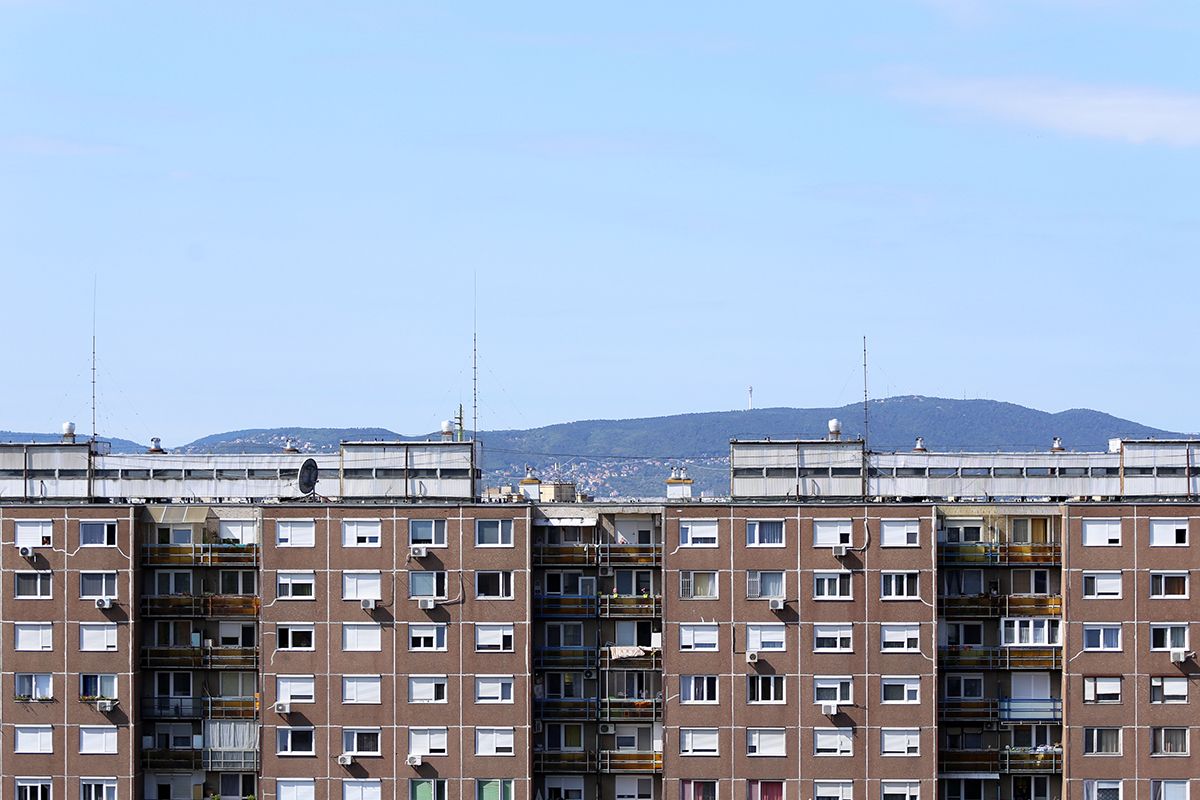
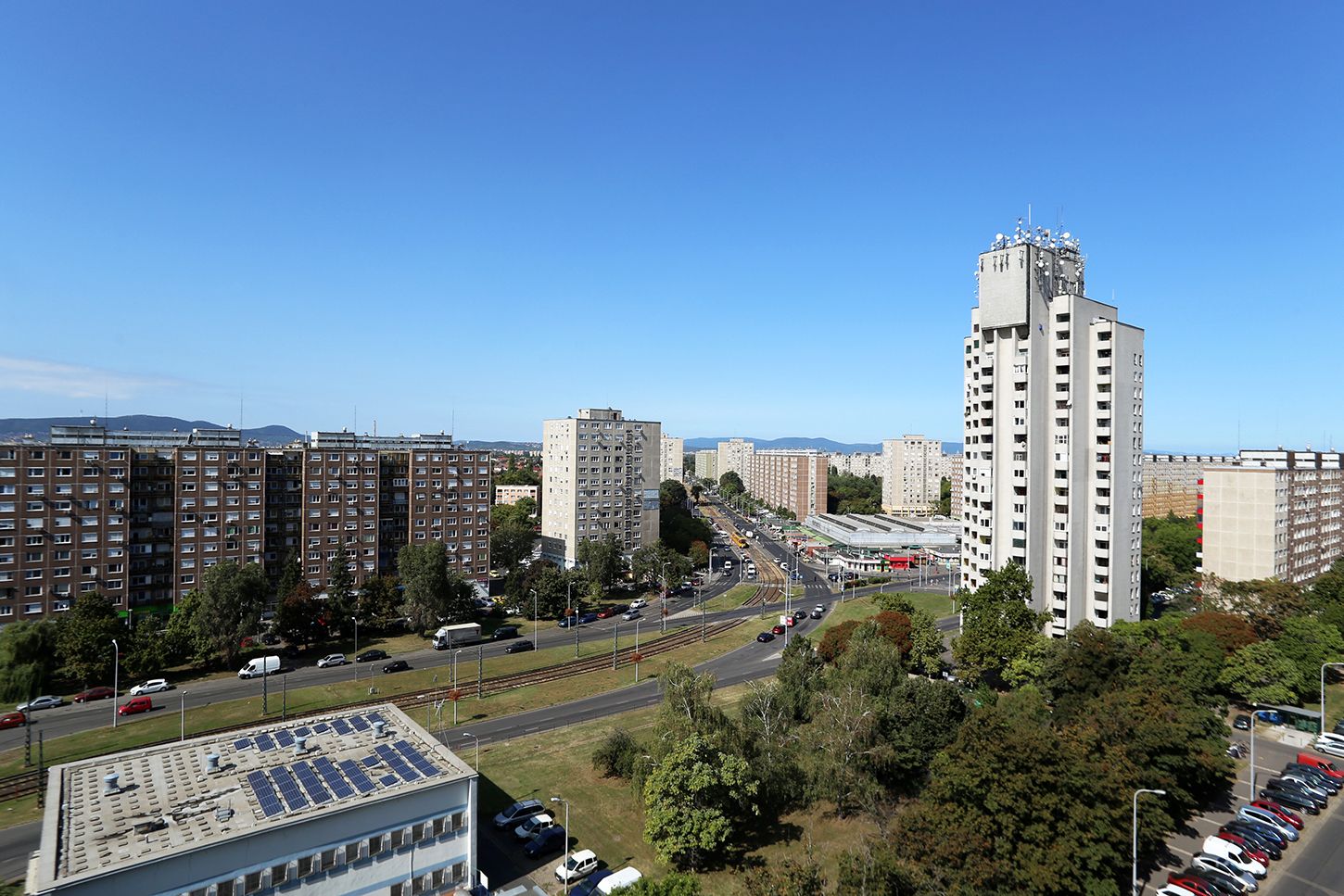
In the near future, Bence would like to make the individual walks more complete with illustrated and foldable maps, and he is also thinking about expanding the repertoire with one-day panel building tours in the countryside. In the meantime, discover the recommended routes of Panel Walks Budapest and the urban stories behind it!
Photos: Bence Pusztai
Bence Kapcsos | Instagram
Panel Walks Budapest | Web

Impossible to live on the bridge – Exclusive interview with Sigita Struberga










